Epitheses are aesthetic prostheses made from foreign materials that are intended to compensate for body defects. Above all, body defects in the face are repaired with epitheses. This reduces the suffering of accident victims and tumor patients who have lost parts of their faces.
What is an epithesis?

In plastic surgical epitheses, exogenous material is used to compensate for body defects. The term epithesis comes from the Greek and means in its literal translation "the attached".
The first epitheses are said to have already existed among the Egyptians. Epitheses were first depicted in the Middle Ages, and modern epithetics were in preparation in the 18th century. The dentist Nicolas Dubois de Chémant formed the first epitheses of the nose and chin, all of which were made of porcelain. Materials such as rubber, aluminum and silicone were later discovered for epitheses.
Epithetics is primarily under the star of aesthetics. The epithesis is usually intended to alleviate psycho-social stress after disfigurement. The primarily aesthetic aspect differentiates an epithesis from a prosthesis or an orthosis, which must primarily meet functional requirements. Most often, epitheses are made for the face, especially after accidents or operations.
Shapes, types & types
Epitheses can be made of various, exogenous materials. For example, glass as well as plastic, porcelain, metal or rubber can form the basis. Which material is used depends primarily on the part of the body that is to be replaced by the epithesis.
An epithesis can be attached in four different ways. For example, an epithesis of the eye in the empty eye socket can be attached to existing anatomical structures. Eye and nose epitheses can also be attached mechanically. They can then be attached to glasses, for example, which makes putting them on and taking them off easier. However, since this type of epithesis is removed and put on with glasses every day and can slip off the nose during exercise, for example, it is not the popular model today.
The third method of attachment is to fix the epithesis in place by chemical means such as medical glue. Such a procedure can be implemented relatively quickly, but can irritate the skin.In the fourth type of attachment, the epithesis is attached to a titanium implant just below the skin. This type of anchoring is now the most widespread in modern medicine. The epithesis support, i.e. the point where the titanium implants penetrate the skin, must be cleaned regularly to avoid inflammation and other complications.
Structure & functionality
Some epitheses adapt themselves to a body defect due to their shape and thus stick to it without aids. If such an epithesis is beyond the possibilities, it must be mechanically anchored as described above. The doctor usually implants small metal pins in the bone for this purpose. At the end of the implantation, these metal pins protrude from the patient's skin like tiny anchoring posts. The epithesis can then be fixed to the metal pins. The final fixation can be carried out using magnetic components in the epithesis, bars, push buttons or clamps.
A crucial question in this context is, for example, whether the patient wants or should regularly remove the epithesis. In this way, the individual needs of the patient are taken into account in the planning. The patient's living situation also has an impact on the final type of attachment. For example, a young high-performance athlete often wants stability and support from an epithesis. Seniors in a quieter life, on the other hand, often care more about the ease of use of the epithesis than about the stability of the attachment. Some patients still prefer glued-on epitheses today, as this type of attachment saves them the surgical effort. Because of its low holding power, medical adhesive is now only recommended for small and light epitheses.
You can find your medication here
➔ Medicines for painMedical & health benefits
The benefit of an epithesis is shown primarily in the social integration and the improved mental state of the patient. People with facial defects in particular often withdraw socially out of shame and suffer psychologically devastating consequences from the disfiguring defect.
Epitheses should not only make those affected less ridiculed or disturbed by other people. You should also regain security and increase your own self-worth. For social interaction and thus interpersonal dealings, the face with its individual parts is an irreplaceably important instrument of expression and is even treated as a kind of business card. Epitheses give the person concerned back security in social interaction. Social interactions and interpersonal relationships are made easier for the patient in this way. The risk of isolation after a disfigurement can therefore be reduced by using epitheses. Psychological consequences are reduced and the quality of life of those affected increases.
This aspect also plays a role for prostheses, but is even more important in the area of epitheses. Accordingly, epitheses have health benefits, especially in the context of mental health.

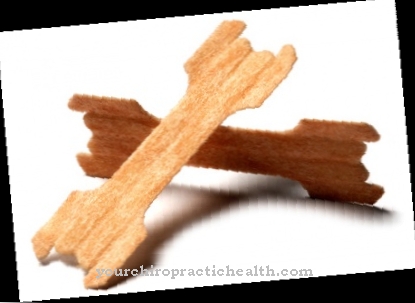
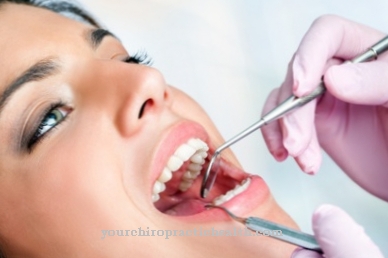
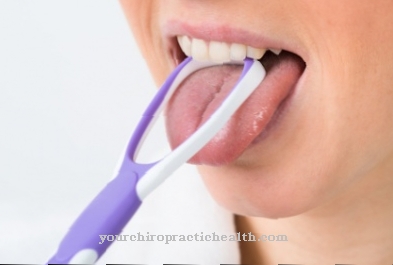
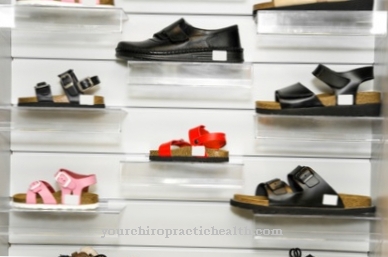
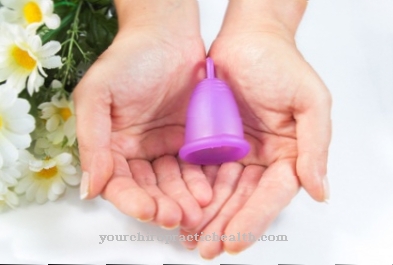



















.jpg)


